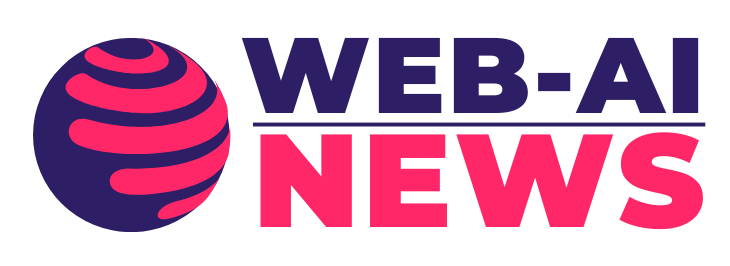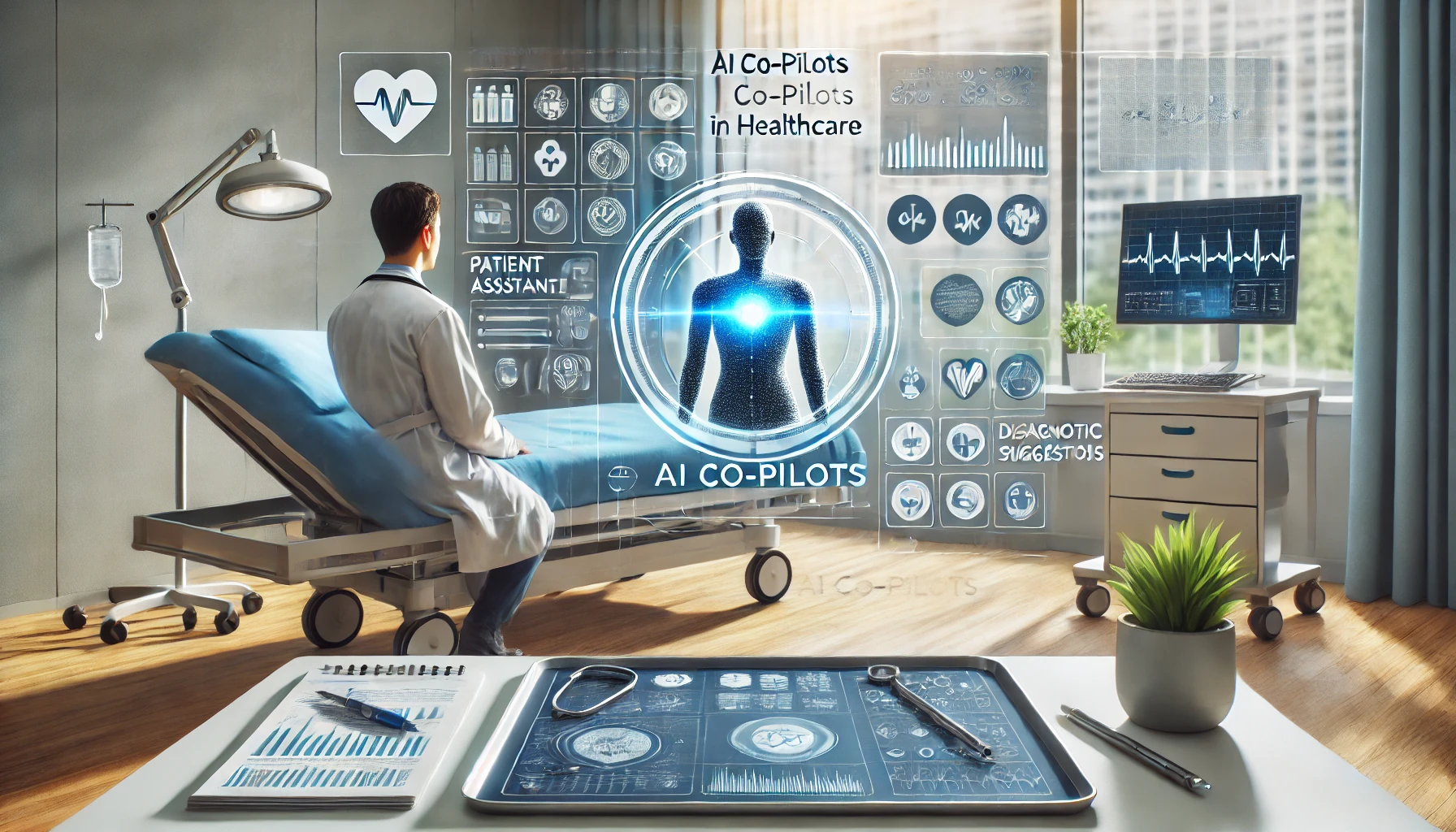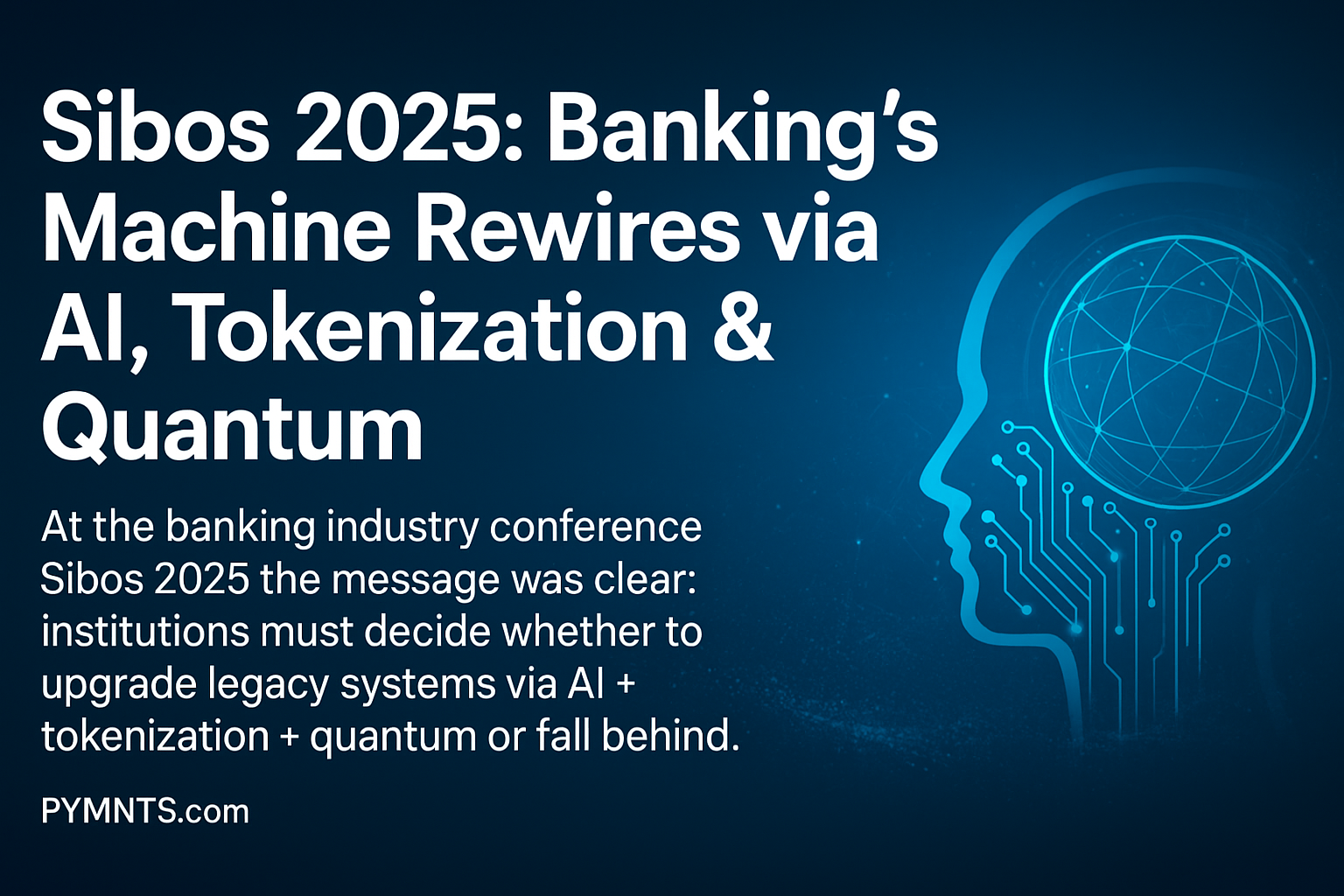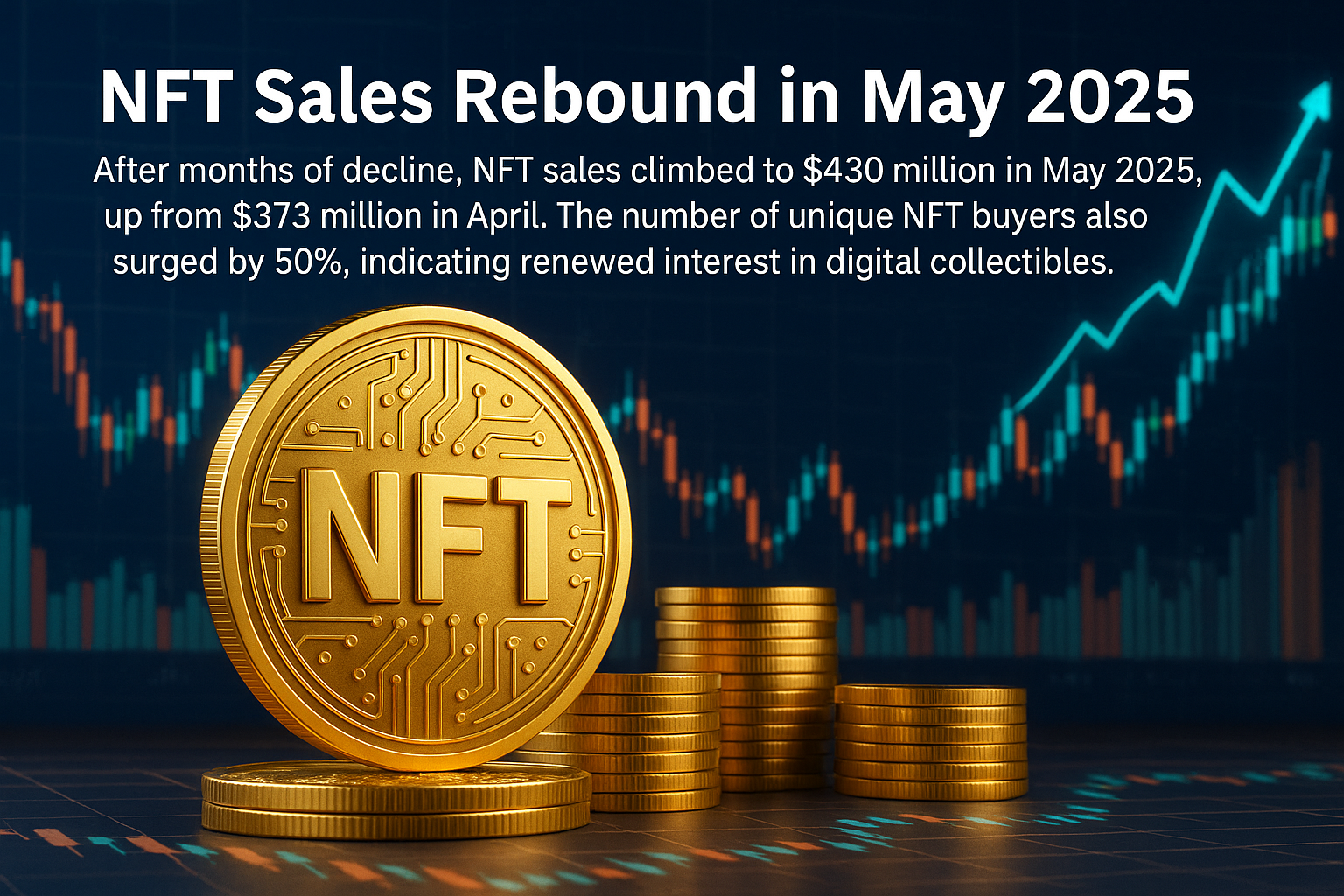The global digital asset landscape is evolving at an unprecedented pace. What began as a speculative market for volatile cryptocurrencies is rapidly transforming into a sophisticated financial ecosystem powered by artificial intelligence (AI), blockchain infrastructure, and advanced privacy technologies. At the center of this transformation is real-world asset (RWA) tokenization, a process that integrates tangible assets such as real estate, commodities, and private credit into blockchain-native environments.
From Speculation to Infrastructure
In the early days, crypto markets were largely driven by hype cycles, retail speculation, and narratives around quick wealth creation. Today, investors—ranging from venture capital firms to institutional funds—are shifting their attention to foundational infrastructure. These investments are less about chasing token price swings and more about building resilient, scalable, and useful financial systems.
AI brings intelligent automation to this vision, enabling systems to self-optimize. Machine learning models can evaluate risk profiles, execute trades, allocate liquidity, and monitor compliance with unparalleled speed and accuracy. When combined with blockchain’s immutable record-keeping and decentralized trust, this creates a new paradigm: autonomous, privacy-preserving finance.
Why Zero-Knowledge Technology Matters
One of the main challenges in digital finance is balancing transparency with privacy. Traditional blockchains are fully transparent—anyone can see all transactions. This openness is valuable for auditability but problematic for sensitive financial data.
Enter zero-knowledge proofs (ZKPs): cryptographic tools that let one party prove a statement is true without revealing any underlying information. For financial applications, this means an investor or institution can verify ownership of an asset, or prove solvency, without exposing balance sheets or transaction histories. ZKPs ensure regulatory compliance and institutional confidence while maintaining confidentiality.
RWA Tokenization: The Bridge Between Digital and Physical Assets
Tokenizing real-world assets means breaking down ownership of high-value items into blockchain-based tokens that can be traded, collateralized, or governed digitally. This unlocks liquidity for traditionally illiquid markets:
-
Real estate: Properties can be fractionally owned, allowing global investors to participate in local markets.
-
Infrastructure and energy projects: Tokenized investment vehicles can fund renewable energy grids or transport systems with broader participation.
-
Commodities and private credit: Tokenization provides real-time settlement, lower costs, and better access to financing.
The combination of AI, blockchain, and tokenization is enabling self-regulating financial networks that operate beyond legacy institutions. These systems can adjust lending terms, interest rates, and collateral requirements dynamically, creating markets that are both efficient and resilient to shocks.
The Role of AInvest and Other Innovators
Firms like AInvest are allocating capital to build these hybrid systems—platforms that don’t just digitize assets, but embed intelligence and privacy at their core. Their goal is to lay the groundwork for a financial layer that is global, inclusive, and automated, serving not just crypto traders but mainstream enterprises, governments, and individuals.
Beyond Speculative Crypto
This convergence marks the end of an era where digital assets were primarily vehicles for speculation. Instead of fleeting hype cycles, we are entering a period of sustainable growth, where value is derived from real utility and robust governance. AI models act as financial agents, privacy protocols keep sensitive data secure, and tokenized RWAs anchor digital markets to tangible economic activity.
The Future of Autonomous Finance
The vision is ambitious: a decentralized, borderless financial system where value can move freely, securely, and intelligently—without relying on traditional intermediaries. Such a system could:
-
Reduce systemic risks by eliminating single points of failure.
-
Empower individuals and enterprises with direct access to capital markets.
-
Operate with continuous real-time auditing for regulators while respecting privacy.
As this infrastructure matures, the lines between “crypto,” “AI,” and “traditional finance” will blur. What’s emerging is not just a new asset class, but a fully integrated digital economy.




